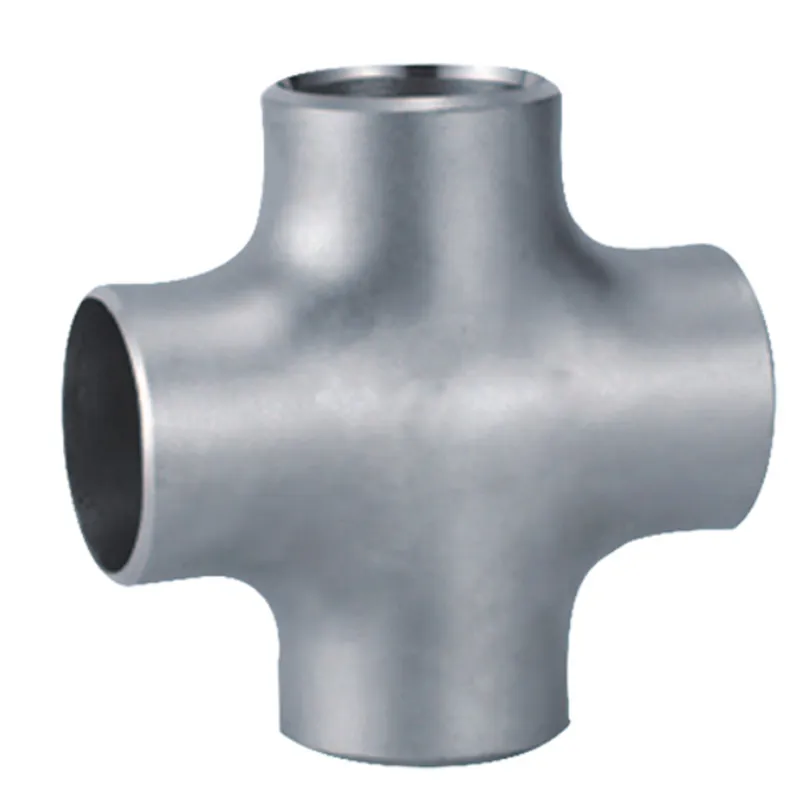-
Cangzhou Yulong Steel Co., Ltd.
-
Phone:
+86 13303177267 -
Email:
admin@ylsteelfittings.com
- English
- Arabic
- Italian
- Spanish
- Portuguese
- German
- kazakh
- Persian
- Greek
- French
- Russian
- Polish
- Thai
- Indonesian
- Vietnamese
- Zulu
- Korean
- Uzbek
- Hindi
- Serbian
- Malay
- Ukrainian
- Gujarati
- Haitian Creole
- hausa
- hawaiian
- Hebrew
- Miao
- Hungarian
- Icelandic
- igbo
- irish
- Japanese
- Javanese
- Kannada
- Khmer
- Rwandese
- Afrikaans
- Albanian
- Amharic
- Armenian
- Azerbaijani
- Basque
- Belarusian
- Bengali
- Bosnian
- Bulgarian
- Catalan
- Cebuano
- China
- China (Taiwan)
- Corsican
- Croatian
- Czech
- Danish
- Esperanto
- Estonian
- Finnish
- Frisian
- Galician
- Georgian
- Kurdish
- Kyrgyz
- Lao
- Latin
- Latvian
- Lithuanian
- Luxembourgish
- Macedonian
- Malgashi
- Malayalam
- Maltese
- Maori
- Marathi
- Mongolian
- Myanmar
- Nepali
- Norwegian
- Norwegian
- Occitan
- Pashto
- Dutch
- Punjabi
- Romanian
- Samoan
- Scottish Gaelic
- Sesotho
- Shona
- Sindhi
- Sinhala
- Slovak
- Slovenian
- Somali
- Sundanese
- Swahili
- Swedish
- Tagalog
- Tajik
- Tamil
- Tatar
- Telugu
- Turkish
- Turkmen
- Urdu
- Uighur
- Welsh
- Bantu
- Yiddish
- Yoruba

Aug . 16, 2024 18:24 Back to list
Essential Components and Parts of a Flour Mill Explained
Understanding Flour Mill Parts and Their Importance
Flour mills have been a cornerstone of food production for centuries, transforming raw grains into the flour that is essential for many types of cuisine globally. To appreciate the intricacies of flour milling, it is crucial to understand the various components and parts that make up a flour mill. Each part plays a vital role in ensuring that the milling process is efficient, effective, and produces high-quality flour.
1. Millstones
At the heart of a traditional flour mill are the millstones, which are responsible for grinding the grain into flour. Typically made from hard stones, these round wheels rotate against each other to crush the grains. The spacing between the stones can be adjusted to control the fineness of the flour. Modern flour mills may use steel rollers instead of stones, which offer greater efficiency and consistency in the milling process.
2. Feed Hopper
The feed hopper is the entry point for grains into the milling system. It holds the bulk grain and allows for a controlled flow into the milling machinery. A properly designed feed hopper ensures that grains are fed uniformly to the grinding area, minimizing wastage and maintaining a steady production rate.
In modern milling facilities, roller mills have largely replaced traditional millstones. These machines consist of pairs of cylindrical rollers that compress and shear the grain to produce flour. The design and arrangement of the rollers can vary, but they typically include several sets that progressively reduce the grain size. The efficiency and effectiveness of these rollers are critical to the overall productivity of the mill.
4. Sifters
Once the grain has been ground into flour, it must be sifted to separate the finer particles from the coarser ones. Sifters are crucial in this process, as they utilize screens to allow only flour of the desired consistency to pass through. This ensures that the flour meets quality standards and is suitable for its intended use in baking and cooking.
flour mill parts

5. Blending Equipment
In many flour mills, blending equipment is used to combine different types of flour or to mix flour with additives, such as vitamins or minerals. This process ensures that the final product meets specific nutritional requirements and characteristics, catering to diverse consumer needs.
6. Dust Collection System
Dust is an inevitable by-product of milling. A dust collection system is vital for maintaining a safe and clean working environment. By capturing flour dust generated during the milling process, these systems help prevent air pollution and reduce the risk of fire hazards.
7. Control System
Modern flour mills use sophisticated control systems that integrate all the components of the milling process. These systems monitor grain intake, milling operations, and flour output to optimize efficiency. Automated systems can adjust settings in real-time, ensuring consistent product quality and reducing the risk of human error.
8. Packaging Equipment
Once the flour is milled and sifted, it is ready for distribution. Packaging equipment plays an essential role in this final step, ensuring that the flour is securely packaged for transport. This equipment can vary widely, from simple bags to sophisticated bulk containers, depending on the scale of the operation and market demands.
Conclusion
The components of a flour mill work in harmony to transform grain into a fundamental ingredient used in countless recipes around the world. By understanding the various parts—from the millstones or rollers to the packaging machinery—we can appreciate the complexity and efficiency of flour milling. Each component is designed not only to enhance productivity but also to ensure the quality and safety of the flour produced, ultimately supporting the food industry and, by extension, our daily diets. As technology continues to advance, the flour milling industry will undoubtedly evolve, but the importance of its parts will remain paramount.
Latest news
-
ANSI 150P SS304 SO FLANGE
NewsFeb.14,2025
-
ASTM A333GR6 STEEL PIPE
NewsJan.20,2025
-
ANSI B16.5 WELDING NECK FLANGE
NewsJan.15,2026
-
ANSI B16.5 SLIP-ON FLANGE
NewsApr.19,2024
-
SABS 1123 FLANGE
NewsJan.15,2025
-
DIN86044 PLATE FLANGE
NewsApr.19,2024
-
DIN2527 BLIND FLANGE
NewsApr.12,2024
-
JIS B2311 Butt-Welding Fittings LR/SR 45°/90° /180°Seamless/Weld
NewsApr.23,2024











